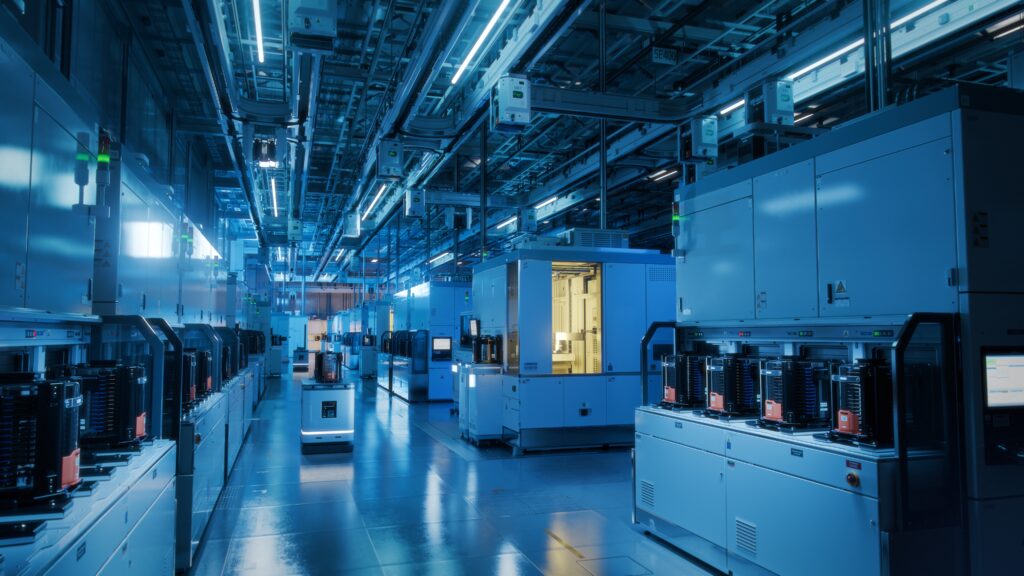Since the industrial revolution, societies in free market economies have enjoyed the benefits of continuous competition. At its core, market economies self-regulate with a demand and offer model fueled by everyone’s desire to maximize profit. Enshrined in human history by the writing of Adam Smith in The Wealth of Nations (1776), the fundamentals are as relevant now as they were then. Over the years, the market economies have rapidly yielded the anticipated effects, which we continue to enjoy with expanding diversity in product offerings to continued improvement in costs.
The aerospace and defense industry has also been a beneficiary of the workings of the market economies, benefiting from fierce competition and expansion of global trading over the years. The dynamics of international trading have vastly changed countries’ economic mix, leading to a higher level of specialization in line with David Ricardo’s ideology. As a result, the countries’ industries were shaped by the competitive positions of internal trade partners, which might have better-adapted resources or infrastructure to supply certain goods. A simple example would be the migration of textile and garment industries away from the USA to lower-cost countries. That migration pattern has benefited almost every industry, including aerospace and defense, which has benefited from the low production cost in Mexico and Asia.
AMLCD Is Introduced
The first AMLCD product was made in the US by a team of researchers from Westinghouse Electric Corporation. It took many more years for the products to be commercialized. There were significant debates in the US over decades on the need to secure technology and manufacturing capabilities, as this emerging technology was deemed critical by the US DoD. A number of investment cycles to create and maintain North American capabilities ultimately succumbed to the laws of economics with the industry, including the US Government, to prefer lower Japanese manufacturing costs over US-made products. By 1994, 99% of AMLCD manufactured in East Asia was produced in Japan[1]. With Japan considered a US strong ally, the politics to secure US manufacturing capabilities in the US for national security interests were abandoned for the benefits of low-cost procurement in Japan in line with free trade policies. Similar market behaviors were observed in Europe, and as a result, Western countries’ key AMLCD providers, such as OIS, Litton, ImageQuest, and Sextant, could not continue operations. The Japanese AMLCD industry rapidly flourished and became the world’s largest capability, with the most advanced factories. In 1993, the US Department of Commerce, International Trade Administration, and Import Administration revoked duties on AMLCD products confirming the lack of domestic capabilities.

AMLCD Advancement
The concentration of expertise and manufacturing capabilities in Japan was to the benefit of all trade partners, following Ricardo’s economics theories. In fact, it proved highly beneficial to aerospace and defense, which benefited from AMLCD technological advancement from cell gap spacer improvement, high-temperature liquid crystal fluids, improved color filters, and, more importantly, lower-cost products. For the last 30 years, aerospace and defense customers have benefited from the exponential growth of AMLCD displays in all markets. With a flat panel display market size of $0.05b in 1993[1] compared to $142b in 2021[2], the product acquisition cost was drastically reduced, as well as the relative share of the aerospace and defense demands compared to the overall demand.
Again, the natural forces of the free market motivated further changes now away from Japan. Large capital investments required to build large generation factories capable of producing larger AMLCD screens for living rooms drove capital to lower operating cost countries. As a result, the migration of expertise technologies and manufacturing capabilities occurred with the initial migration to South Korea, followed by Taiwan, and now China. As a result, AMLCD-based goods are more advanced than ever, yet their inflation-adjusted costs continue to decline.
Growing Supply Chain Concerns
It is interesting to note that most of it was already foreseen in the early days of the US technology development and well documented in the Flat Panel Displays in Perspective published in 1995. 28 years later, with most of the production capabilities now concentrated in China and Taiwan, the aerospace and defense industry is experiencing growing supply chain concerns. The ongoing global integrated circuit shortage and the geopolitical risks of trade disruptions resulting from Chinese intentions over Taiwan further elevates the risk that decades of low-cost AMLCD benefits brought. With 100% of military aircraft worth flying and the digitalization of the battlefields, AMLCD displays are critical to aerospace and defense beyond the low price of an AMLCD that was diminished to a social commodity.
There are still limited manufacturing capabilities remaining in Japan, with Kyocera outlasting other manufacturers like Mitsubishi, Toppan, and Innolux, which have entirely exited the industry or developed capabilities in Taiwan and China. Even Japan Displays, formed in 2012 by combining the liquid-crystal display businesses of Hitachi Ltd, Toshiba Corp, and Sony Corp in a government-brokered deal, is in financial trouble, having never posted a profit in the last eight years and is looking to transfer more capabilities in mainland China.
These economic theories are validated with free market-driving decisions based on financial profits. But, as largely publicized and exemplified in the current US pivot on redeveloping domestic capabilities for manufacturing integrated chips, the low-cost benefits might be attached to significant availability risks.

